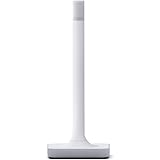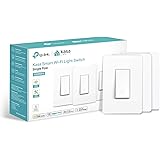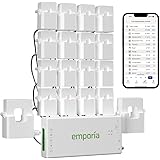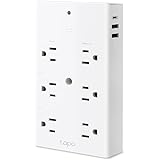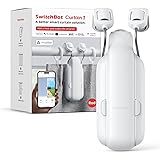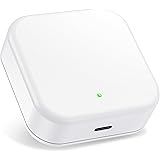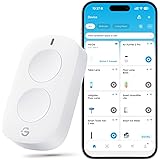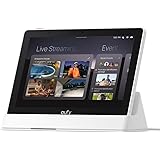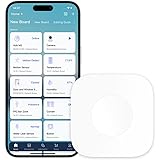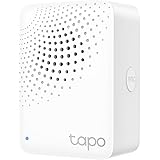
Home automation door sensors are one of the most basic smart home gadgets, but they can also be used in some very creative ways. In addition to being a useful safety and security device, these simple little sensors can be used to trigger other devices throughout the house, and they can even make you aware of things that happen in the house when you aren’t at home.
Most modern door sensors, like this one from TESSAN, use a magnetic switch and magnet to track when someone moves close to the sensor. When the magnet and switch are in line with each other, they form a circuit that lets the control panel know that a door or window has been opened. The control panel then activates whatever alert you’ve chosen, which can range from a gentle doorbell chime to a full-blown alarm siren.
You can use a door sensor as a standalone product, or you can pair it with your smart hub to monitor entryways from anywhere in the world, including using voice control (with Alexa, Google Assistant, or Apple HomeKit). These smart hubs can let you turn on lights when someone opens the door, for example, and can disable your alarm system when they close it.
The simplest way to use a door sensor is to install it in the door itself, ideally near a lock. You can also install them in windows, though some models may not work well in metal enclosures as they interfere with the Z-Wave signal. You can also mount them on a wall or in a cabinet to monitor them from any location in the house.
When choosing a door or window sensor, keep in mind that not all brands and models are created equal. You’ll want to pay attention to the price and how easy it will be to get up and running, and whether or not it works with your preferred home security system. Also, look for any extra features that could be helpful, such as a tamper indicator or the ability to mute an audible alert.
If you’re looking for a low-cost option, you can’t go wrong with the aforementioned TESSAN sensor. It costs around $20 and is a very reliable choice for most doors. It comes with screw mounting brackets for both the sensor and magnet, but the sensor can be mounted using the adhesive backing as well. There is a tamper button on the back of the sensor that will trigger when you remove the adhesive cover, and there is an additional button on the front side of the sensor for when you are testing it in different locations.
If you’re interested in using a door sensor to trigger more elaborate home automation scenes, consider a model that supports the popular smart home platform, such as this one from Ecolink. It uses Z-Wave technology, which is compatible with most hubs and security systems. This model can be paired with smart lighting and other smart devices, and it can also be triggered by motion sensors. The app also lets you set up multiple automations with different triggers, conditions, and resulting scenes.
